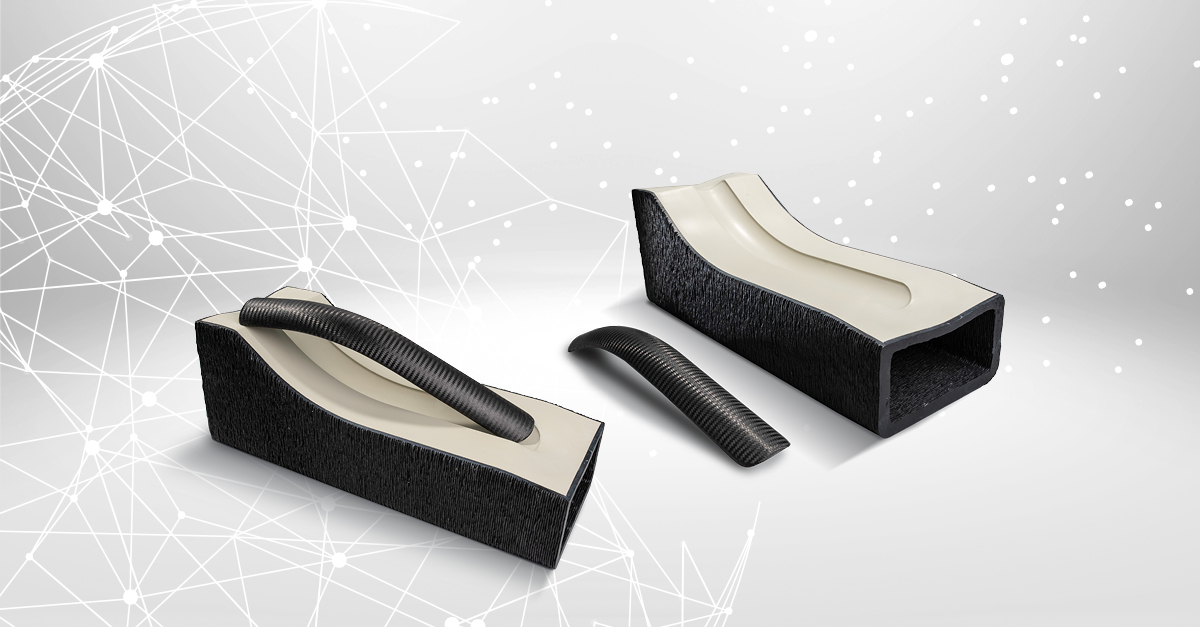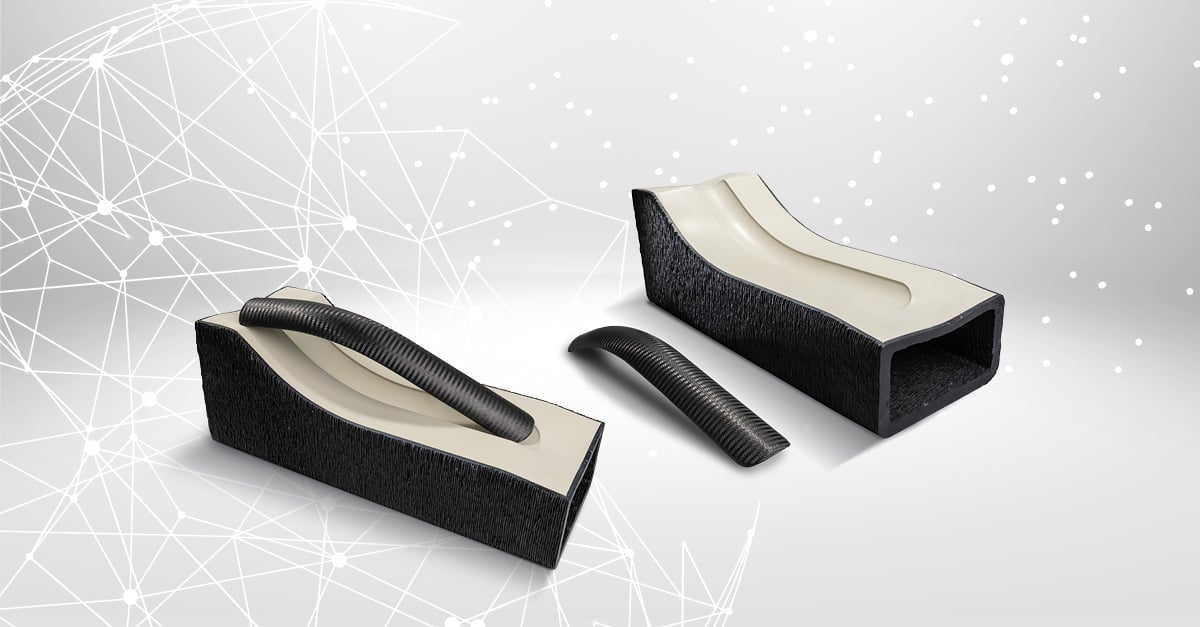3D Printing of Tools: What are the Basics to Add Value?

From a purely technological point of view, 3D printing is definitely impressive. Bit by bit - or: layer by layer - the technology is conquering and establishing its place in many industries. In the direct production of components as well as in tool making. Nowadays, an Airbus A 350 also takes off thanks to the approximately 1,000 parts that were created using 3D printing or as part of an additive manufacturing process. But does 3D printing also impress with its cost advantages or in terms of carbon footprint? Does it manage to generate added value compared to established production methods such as casting, injection molding or milling? It's all a question of detailed process consideration.
Whether 3D printing can be used in toolmaking in a sensible way – i.e. cost-effectively and in a technologically targeted or advanced manner – is determined by a number of factors that encompass far more than three dimensions.
In order to determine this, it is first necessary to turn the tables, examine the existing manufacturing process and ask oneself a multitude of questions. Because that is what it is ultimately about: questioning traditional technologies or processes.
The special compounder LEHVOSS puts multidimensional questions before the three-dimensional printing of tools
- How is the part made today?
- How can you make it better?
- Are there clear arguments for this?
- Are there clear arguments against it?
- Where has added value been created so far?
- What could a printed tool do better than the previous one?
- How high is the manufacturing effort/are the manufacturing costs for such a tool?
- What materials have been used so far?
- What are the properties of the materials?
- Am I able to add an additive solution to the existing property images or even replace certain tool elements or entire tools?
- Am I faster with a printed tool?
- Can I produce small series or prototypes faster than with classic technologies?
- Do I perhaps add an additional added value; in case the classic technologies are perhaps "over engineered"?
Such a questionnaire is used for value analysis and creates the necessary "value structure" that makes it clear whether a printed tool would be better overall than the previous one.
Only those who understand the overall process also know which materials are suitable for it.
3D printing can demonstrate its advantages along the value chain in many different ways:
- Delivery problems can be avoided.
- The variety of shapes can be expanded.
- Technical performance can be increased.
- High individual costs can be reduced.
- Components/tools can be manufactured faster.
In order to be able to utilize this potential, the LEHVOSS Group offers its customers:
Sustainable solutions through a closed cycle.
For the area of tool making with, for example, thermoset block foams or thermoset blocks, this means:
- minimal material provision (granulate or filament)
- minimum milling and grinding effort
- minimal dirt/dust release during finishing
- no block waste that remains unused
- full recyclability
Instead, 3D printing ensures that the lamination mold is printed as required and close to the contour and that the plastic tool is returned to the material cycle of the LEHVOSS Group (where it can be ground, melted and recompounded or reprocessed).
What's more: Instead of paying for the disposal of hazardous waste (as in the case of thermoset foams), you can practically give the plastic of the tool mold "in payment" after use. This not only pleases the budget, but also meets the legal recycling requirements that will become increasingly strict in the future. In this way, you take on a forward-looking pioneering role instead of dealing with the disposal of hazardous waste.
Specifically developed 3D printing materials for printing high-strength components in the unheated printer build space.
With this it is possible:
- to print components over a large spatial extent (large tools or laminating molds)
- to achieve the highest strength values,
- save time and energy (due to the elimination of heating and cooling times) and
- to simplify the system loading/operation (by eliminating hot rooms).
In this way, the LEHVOSS Group enables the development of new degrees of freedom and the production of resource-optimized components with a reduced carbon footprint.
The advantages at a glance:
- There are alternatives to previous materials.
- Dependencies are reduced.
- Due to the close-to-contour printing, there is less swarf volume.
- The production of a mold can be started immediately.
Conclusion: Technologically high-quality processes open up sustainable future prospects with added value.
3D printing will certainly not replace all conventional manufacturing techniques for laminating tools. However, it will increasingly be used as a supplement and will certainly continue to expand its areas of application. In this context, it is important to remain/be open to changes and innovations. With a technology partner at your side who can think along, go along with you, participate and, above all, actively participate in the development of 3D printing.
The LEHVOSS Group offers its customers the necessary process know-how and the appropriate high-performance materials. To secure the technological edge. To secure jobs. To reduce environmentally and budget-damaging logistics and production processes.

